Introduction to Chemical Injection
The Significance of Chemical Injection in Oil and Gas Operations
Chemical injection plays a crucial role in oil and gas operations. It enhances production efficiency and prolongs equipment life. Additionally, it helps prevent corrosion, reduce scaling, and manage the emulsion of oil and water.
Overview of Chemical Injection Processes
Chemical injection processes involve precise dosing systems. Operators inject chemicals directly into wells and pipelines. This method ensures optimal performance and protects infrastructure. Furthermore, these processes vary significantly, tailored to specific field requirements and operational challenges. Each approach focuses on maximizing recovery and minimizing operational costs.
Parameters of Chemical Injection
| نام | Pipeline کیل تزریق شیمیایی Sampling System |
| مواد | فولاد ضد زنگ 304، فولاد ضد زنگ 316، DSS F51، فولاد کربن A105N، اینکونل 625 |
| دمای عملیاتی | -20±120 |
| ویژگی | 1. Easy Operating |
| 2. Long Life and High Accuracy | |
| 3. High Efficiency, Low cost | |
| پرداخت | TT/LC |
| مزیت - فایده - سود - منفعت | اولا، آنها سبک و انعطاف پذیر هستند. |
| Secondly, nice Injection efficiency. | |
| در نهایت، ردیابی دقیق مکان. |
مدل انتخاب
| مدل | ||||||||||||||||||||||||||||
| Si | انژکتور شیمیایی Quill | |||||||||||||||||||||||||||
| -کد | پلاگین | |||||||||||||||||||||||||||
| Pxxx | نوع | مواد | مهر مواد | |||||||||||||||||||||||||
| 0 | بدون درخواست | 0 | حسابهای | 0 | بدون درخواست | |||||||||||||||||||||||
| 1 | توخالی بدنه پلاگین | 1 | 316 اس اس | 3 | Dss | 1 | بسته بندی اولیه Viton O-Ring / PTFE | |||||||||||||||||||||
| 2 | بدنه پلاگین جامد | 2 | 316 ال اس اس | 4 | Inconel | 2 | HNBR | |||||||||||||||||||||
| –کد | مهره تزریق | |||||||||||||||||||||||||||
| Nxx | اندازه اتصال | مواد | ||||||||||||||||||||||||||
| 0 | یعنی بدون درخواست | 0 | i.e. CS | |||||||||||||||||||||||||
| 1 | یعنی 1/4 اینچ | 1 | یعنی 316SS | 3 | یعنی DSS | |||||||||||||||||||||||
| 2 | یعنی 1/2 اینچ | 2 | یعنی 316LSS | 4 | یعنی اینکونل | |||||||||||||||||||||||
| –کد | تزریق لوله | |||||||||||||||||||||||||||
| Sxxx-Lx" | اندازه اتصال | مواد | نازل | اندازه خط (x") | ||||||||||||||||||||||||
| 0 | بدون درخواست | 0 | حسابهای | 0 | یعنی بدون درخواست | موثرترین موقعیت برای تزریق به طور کلی در مرکز لوله است | ||||||||||||||||||||||
| 1 | یعنی 1/4 اینچ | 1 | یعنی 316SS | 1 | یعنی باز کن | |||||||||||||||||||||||
| 2 | یعنی 1/2 اینچ | 2 | یعنی 316LSS | 2 | یعنی Quill | |||||||||||||||||||||||
| 3 | یعنی DSS | 3 | i.e. Cap & Core | |||||||||||||||||||||||||
| 4 | یعنی اینکونل | |||||||||||||||||||||||||||
| –کد | نوک پستان و دریچه (یا انتهای آن فلنج) سه راهی | |||||||||||||||||||||||||||
| Txx | اندازه اتصال | مواد | ||||||||||||||||||||||||||
| 0 | یعنی بدون درخواست | 0 | i.e. CS | |||||||||||||||||||||||||
| 1 | یعنی نوک پستان 1/4 اینچ | a | یعنی نوک پستان و شیر 1/4 اینچ | 1 | یعنی 316SS | |||||||||||||||||||||||
| 2 | یعنی نوک پستان 1/2 اینچ | b | یعنی نوک پستان و شیر 1/2 اینچ | 2 | یعنی 316LSS | |||||||||||||||||||||||
| 3 | یعنی نوک پستان 3/4 اینچی | c | یعنی نوک پستان و شیر 3/4 اینچی | 3 | یعنی D SS | |||||||||||||||||||||||
| 4 | یعنی 1 "نوک پستان | d | یعنی 1 اینچ نوک پستان و شیر | 4 | یعنی اینکونل | |||||||||||||||||||||||
| 5 | یعنی فلنج 1/4 اینچ | e | یعنی فلنج انتهای نوک پستان 1/4 اینچ | |||||||||||||||||||||||||
| 6 | یعنی فلنج 1/2 اینچ | f | یعنی فلنج انتهای نوک پستان 1/2 اینچی | |||||||||||||||||||||||||
| 7 | یعنی فلنج 3/4 اینچی | g | یعنی فلنج انتهای نوک پستان 3/4 اینچی | |||||||||||||||||||||||||
| 8 | یعنی فلنج 1 اینچی | h | یعنی فلنج انتهای نوک پستان 1 اینچی | |||||||||||||||||||||||||
| به عنوان مثال، SI-P221-N12-S122-L4"-T22 | ||||||||||||||||||||||||||||
| SI:e.g. Sampling & Injection Assembly, | ||||||||||||||||||||||||||||
| P221: به عنوان مثال بدنه پلاگین جامد در 316LSS Viton O-Ring و بسته بندی اولیه PTFE ، | ||||||||||||||||||||||||||||
| N12: به عنوان مثال اندازه اتصال مهره تزریق 1/4 اینچ است و مواد است 316LSS ، | ||||||||||||||||||||||||||||
| S122: به عنوان مثال تزریق لوله اندازه اتصال 1/4 اینچ است و مواد است 316LSS.The type of nozzle is quills | ||||||||||||||||||||||||||||
| L4 ": برای لوله 4 اینچی. | ||||||||||||||||||||||||||||
| تی 22: نوک پستان اندازه اتصال سه راهی 1/2 اینچ است، مواد نوک پستان است 316 ال اس اس | ||||||||||||||||||||||||||||
Key Chemicals Used in the Oil and Gas Industry
Corrosion Inhibitors
Types and Mechanisms of Corrosion
Corrosion occurs in various forms, including galvanic, pitting, and crevice corrosion. Each type stems from distinct electrochemical or chemical reactions. These reactions degrade metals and compromise pipeline integrity. Understanding these mechanisms helps in selecting the appropriate inhibitors.
Role of Corrosion Inhibitors in Preventing Corrosion
Corrosion inhibitors play a vital role in protecting metal surfaces. They form a barrier that minimizes the metal’s exposure to corrosive agents. By doing so, these inhibitors significantly extend the lifespan of oilfield equipment. The product ensures operational continuity and safety.
Scale Inhibitors
Scale formation results from the precipitation of dissolved minerals in production fluids. It primarily affects pipes and valves, leading to blockages and reduced flow. Consequently, the scale can severely impact operational efficiency and increase maintenance costs.
Functions and Applications of Scale Inhibitors
Scale inhibitors prevent the deposition of scale by interfering with mineral crystallization. They are essential in maintaining smooth pipeline and equipment operations. Operators apply these chemicals in areas prone to high mineral concentrations, thus preserving flow efficiency and reducing downtime. Each application is critical for avoiding costly disruptions and enhancing the overall productivity of oil and gas extraction.
نتیجه
Chemical injection stands as a cornerstone in the oil and gas industry, ensuring the smooth and efficient operation of extraction and processing activities. It dramatically enhances production efficiency by tackling problems like corrosion and scale formation head-on. Moreover, these chemicals extend the operational life of vital infrastructure, safeguarding investments and fostering sustainability in operations.
Implementing effective chemical injection systems offers numerous benefits. Firstly, they ensure the integrity and longevity of pipeline systems by preventing corrosion and scale buildup. Secondly, these systems contribute to optimal operational performance, which is crucial for maintaining productivity and reducing downtime. Furthermore, by managing the quality and consistency of output, chemical injection systems help in adhering to environmental and safety standards, thus enhancing overall industry compliance. Lastly, the strategic use of chemicals in oil and gas operations not only boosts profitability but also supports the industry’s commitment to responsible environmental stewardship.


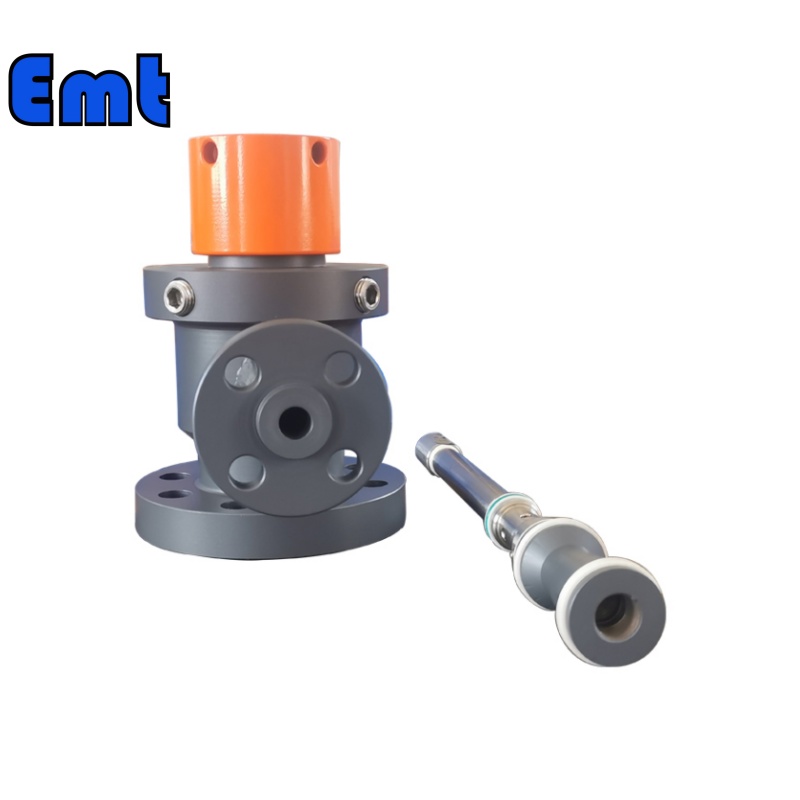

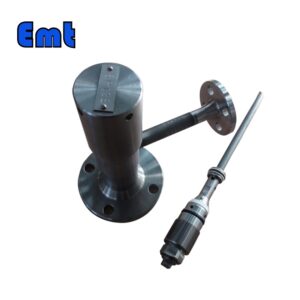
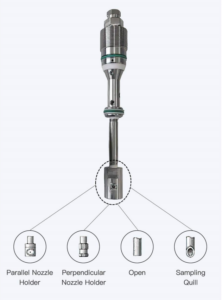
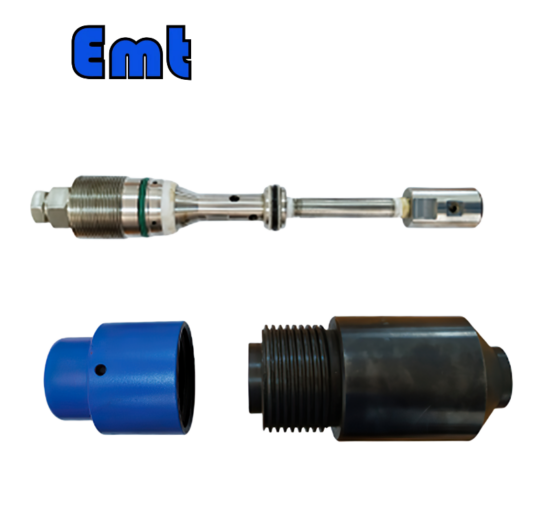
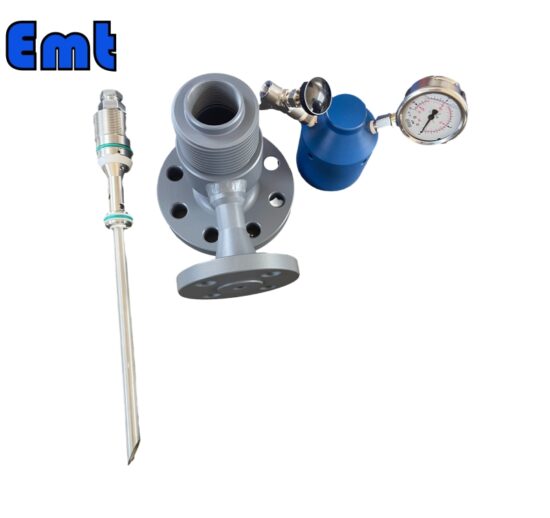
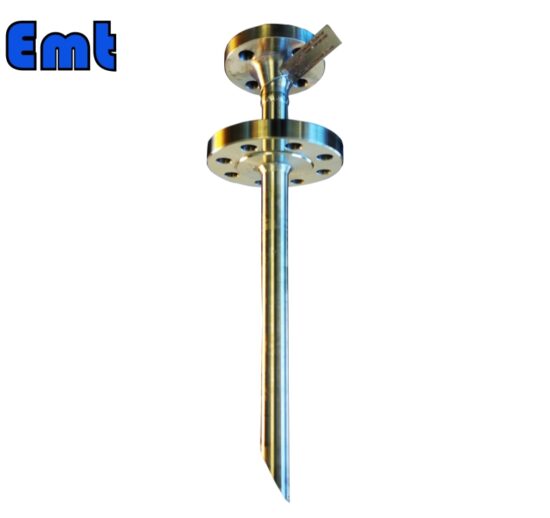
هنوز هیچ بررسی وجود ندارد.